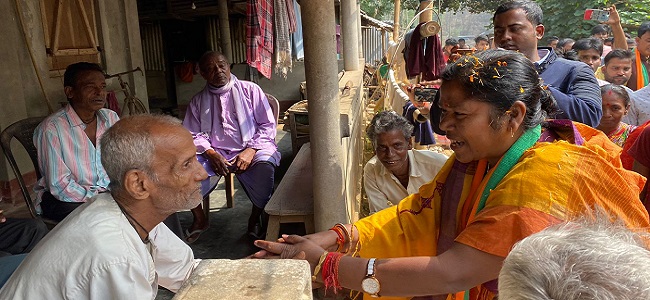Reliance Industries Limited gets successful closure of India’s largest ever rights issue of Rs. 53,124.20 crore.
It’s also the world’s largest rights issue by a Non-Financial Institution in last 10 years, said RIL
RIL’s rights issue has shown a vote of confidence by the investors and small retail shareholders, said Mukesh Ambani.
Mumbai/Kolkata: Reliance Industries Limited today announced that it has achieved successful closure of India’s largest ever rights issue of Rs. 53,124.20 crore. It was subscribed approximately 1.59 times, adding to an overall commitment of over Rs.84,000 crore. The rights issue saw a huge investor interest, including from lakhs of small investors and thousands of institutional investors, both Indian and foreign. The public portion of the rights issue was subscribed 1.22 times.
The allotment of equity shares is expected to take place on June 10, 2020. The rights shares are expected to be listed on the BSE and NSE on or around 12th June 2020 under separate ISIN.
The Rights Entitlement (RE) was actively traded reflecting broad-based interest in the rights issue. This is the first instance of RE’s being traded in demat form on the stock exchanges since SEBI introduced this platform and it was a resounding success.
Mukesh Ambani, Chairman and Managing Director of Reliance Industries Limited, said, “Our vision is always rooted in furthering India’s inclusive and accelerated growth, propelled by the adoption of digital technologies, that helps improve the lives of 1.3 billion Indians. The tremendous vote of confidence in the Rights Issue convinces us that our shareholders endorse this vision and mission. Their support further strengthens our resolve as we firmly set forth to build a ‘New Reliance for a New India’.”
“The Indian economy will bounce back to follow a high-growth trajectory in the time to come, and will make India a leading digital nation in the world,” he added.
The company said that it had also launched a highly innovative campaign to create awareness about the rights issue, using broad-based and multiple means of communication. The campaign included television, radio, print, digital and social media, first-of-its-kind AI-based chatbot, emails and SMS to reach out to the shareholders.






